It came as no surprise to learn that Milford Sound is New Zealand’s most visited attraction with up to a million visitors each year. Depending on your schedule, interests, and depth of your pockets, Milford Sound can be enjoyed from the air, boat, kayak, underwater observatory, and/or from the tail end of the Milford Track. Based on the choice of most visitors, it seems that the best way to see Milford Sound is by boat.
Location and services
Milford Sound is on the southwest coast of New Zealand’s South Island. It’s 120 kilometres from Te Anau and 290 kilometres from Queenstown. It’s the best known of the fjords in Fiordland, and the only one accessible by road.
The village is very small. It’s dominated by three locations offering services to tourists:
- Milford Sound Lodge
- Milford Terminal Visitor Centre
- Milford Sound Visitor Centre and Café
The Milford Sound Lodge offers a few levels of accommodation, but a small fraction of visitors actually stay overnight. Most opt for a day trip by driving, or taking a bus tour from Queenstown.
There are no grocery stores or gas stations at Milford Sound.
The Milford Sound Information Centre and Café has a cafeteria. The Milford Sound Lodge has a restaurant. The Lodge also boasts a well equipped communal kitchen and dining area for the use of its guests.
There’s an airstrip for light aircraft offering scenic tours of Milford Sound.
A little history
The Māori named Milford Sound ‘Piopiotahi’ after a thrush-like bird, the piopio, now extinct. Europeans named it Milford Sound after Milford Haven in Wales. But, Milford Sound is actually a fjord. A fjord is a glacier-carved valley filled by the sea. A sound is a large sea or ocean inlet typically etched by a river. Some of the earlier Europeans, including Captain Cook, mistook it for a small inlet and kept a safe distance from the treacherous coastline.
What a sight this must have been for those who ventured closer.
Its beauty was well known to the Māori. According to Māori tradition, Fiordland was carved out by the demi-god, Tū Te Rakiwhānoa. Hacking away at the mountainous rock with his adzes, he worked his way north to create waterways and safe harbours stocked with fish and birds. By the time he reached Piopiotahi (Milford Sound), he had perfected his technique and this, his fourteenth and final fjord, was his masterpiece.
When Hine-nui-te-po, the goddess of death inspected Tū Te Rakiwhānoa’s work, she feared humans would be so entranced by its beauty that they would forget their mortality. She introduced Te Namu, the sandfly, to remind them not to linger. If you’ve ever been to New Zealand and encountered the sandfly, you’ll appreciate the significance of this aspect of the country’s heritage.
Choosing a boat tour
We had considered an overnight cruise, but opted for a shorter cruise during the day. All things considered, it was a good choice. There are several operators; some include a lunch or offer food for purchase.
We chose Southern Discoveries’ ‘Encounter Nature Cruise’ tour on the Lady Bowen. It was touted as “the longest small-boat cruise in Milford Sound with informative commentary.”
Most boats seemed to take turns visiting the same scenic points of the fjord.
Highlights of the tour
We took the cruise in February 2017.
- Boarding was punctual and efficient.
- For the 09:45 departure, the light produced an interesting mix of shadow and reflection. The early departure was before the onslaught of tour buses arriving from Queenstown.
- It was fully booked but there was enough space to move around and enjoy the scenery from different vantage points.
- The almost non-stop commentary was informative and entertaining.
- The boat ventured out into the rougher waters of the Tasman for views of the coastline.
- Boxed lunches were available for pre-order. Soup was on offer for $2 – a warm, welcome, and tasty treat.
- Rain jackets were available for those wanting to experience the mist off Stirling Falls when the captain edged the boat towards the drop.
- The company offered a ten-percent seniors’ discount.
- Visiting the underwater observatory and cruise by kayak were add-on options.
Cruising Milford Sound
The views on the 10-minute walk from the parking lot to the Milford Wharf Visitor Centre were easy on the eyes. They bolstered interest and heightened anticipation for what we’d see on the cruise.
Milford Sound’s tallest point, Mitre Peak, was enveloped in wisps of cloud behind the tour boats.
Fairy Falls was named after the rainbows appearing across the brilliant droplets of water cascading over the cliff face.
The captain edged the boat within a couple of metres of the falls.
Milford Sound is 16 kilometres long. That’s Dale Point and the Tasman Sea ahead, the mouth of the fjord.
We lucked in. While the waters of Milford Sound are usually calm, those of the Tasman are not.
Every moment of the 2.5-hour cruise was interesting.
Seal Rock is one of the few areas in the fjord where the Southern Fur Seal is able to climb out of the water onto the rocks. Meanwhile, smaller seals flipped and rolled in the water to escape the sandflies.
Stirling Falls, at 155 metres, is one of two permanent waterfalls in the fjord. Apparently, the falls are spectacular after a particularly heavy rain.
Passengers were invited to grab a rain jacket as we approached the falls and the captain edged the boat close to the drop.
Logistics
Here are my tips on visiting Milford Sound.
- Rent a car in Queenstown. We found the best rates at Ace Car Rentals with a deal on a rental of 14 or more days. Its airport location made pick up and drop off a breeze.
- Or enjoy New Zealand by motorhome or campervan and stay at free and paid camper van sites, including the Rainforest Campervan Park within the Milford Sound Lodge.
- Take your time getting to Milford Sound. It’s a scenic drive. Get an early start from Queenstown, or plan to stay overnight in Te Anau. Without stops, Milford Sound is a four-hour drive from Queenstown, and around 2.5 hours from Te Anau.
- Stop in Te Anau for petrol, groceries, and a meal. The Sandfly Café is conveniently located near the FreshChoice Supermarket. There’s plenty of free parking. Load up on insect repellent.
- The 120-kilometre Milford Highway from Te Anau to Milford Sound offers plenty of opportunities to stop. Do so, and enjoy the surroundings. There are several short hiking tracks. For example, Lake Mistletoe (45 minutes return), Humboldt Falls (30 minutes return), and Mirror Lakes (10 minutes return), reveal amazing scenery.
- Stay overnight at the Milford Sound Lodge. You’ll have access to an early morning cruise before the arrival of tour buses from Queenstown.
- Pack warm layers and a waterproof jacket. It rains — a lot, in Milford Sound. The area experiences an annual rainfall of 7 metres (9 metres in 2016). One of the workers at the lodge told us it rained for 24 days straight in January.
- Pack sunscreen and insect repellent, and antihistamine. I experienced a lethal allergic reaction to sandfly bites in New Zealand. Come prepared.
- Don’t expect cellular coverage or Internet access.
- Plan for an early afternoon departure from Milford Sound when traffic is light. There can be traffic delays at the Homer Tunnel later in the day.
Accommodation: Milford Sound Lodge
The Lodge is a five-minute drive to the parking area at the Milford Sound Visitor Centre. From there, it’s a ten-minute walk to the wharf and the cruise boats.
We booked several months in advance, for February. We opted for the backpacker-style rooms. It was a double/twin for $119 per room (in 2017). However, they seem to have been converted since then into chalet accommodation. There are three types of chalet accommodation ranging from $225 to $495 per night. Campervan sites start at $60 per night. (These are 2021 prices.)
There’s no cellular service at Milford Sound, and along most of the Milford Highway. Wi-Fi was available at the Lodge for a price ($10 for 100 Mb) with no guarantees of getting reception.
Now, it’s over to you. Have you visited the area? Do you have any suggestions on the best way to see Milford Sound?

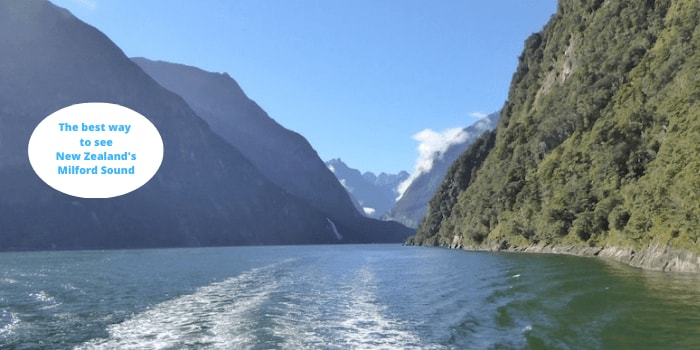
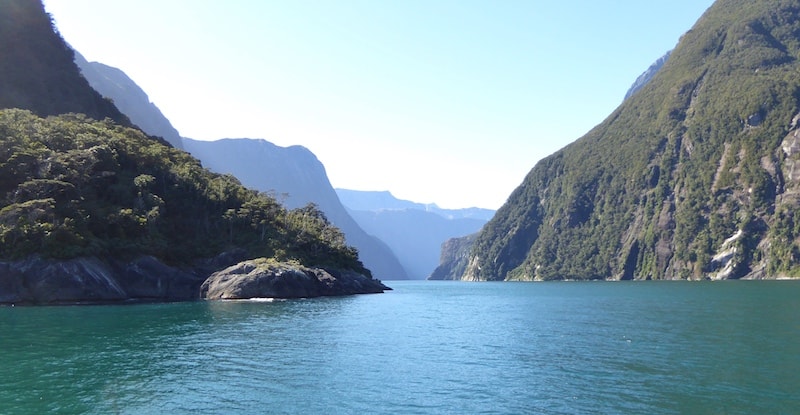
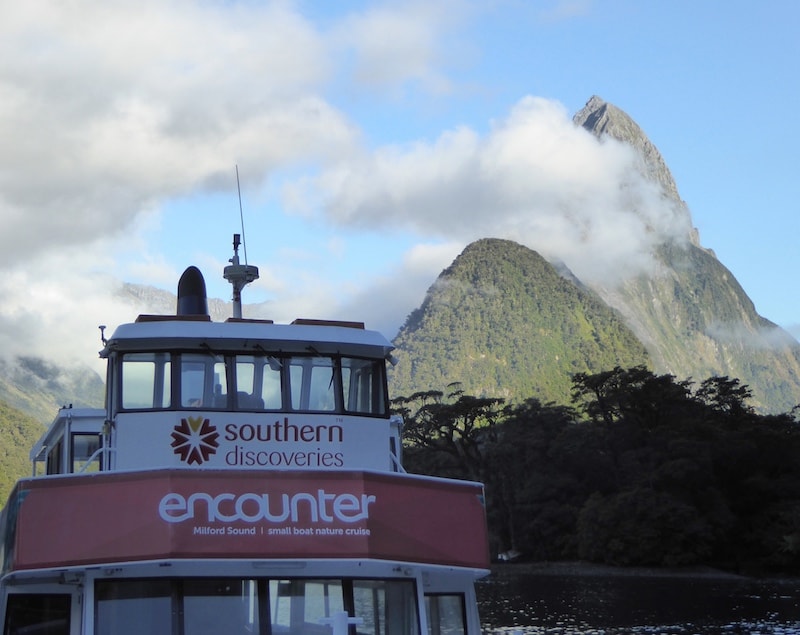
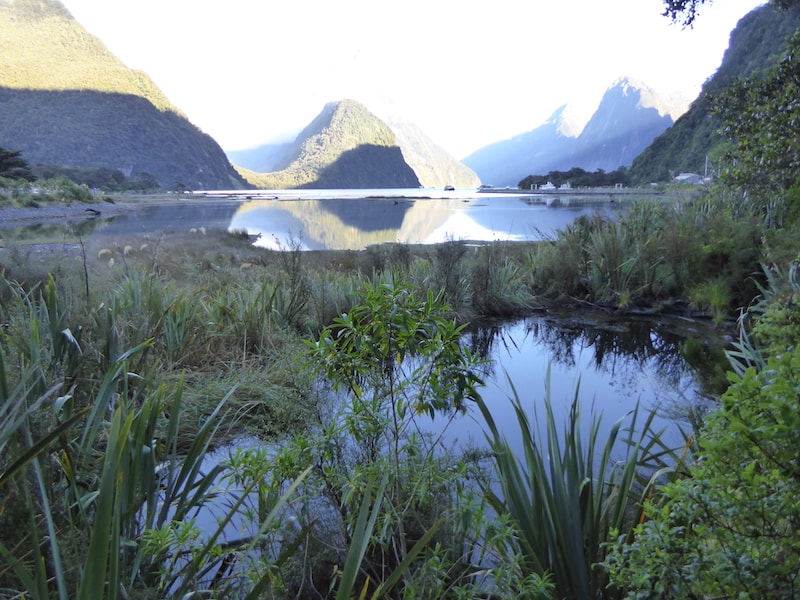
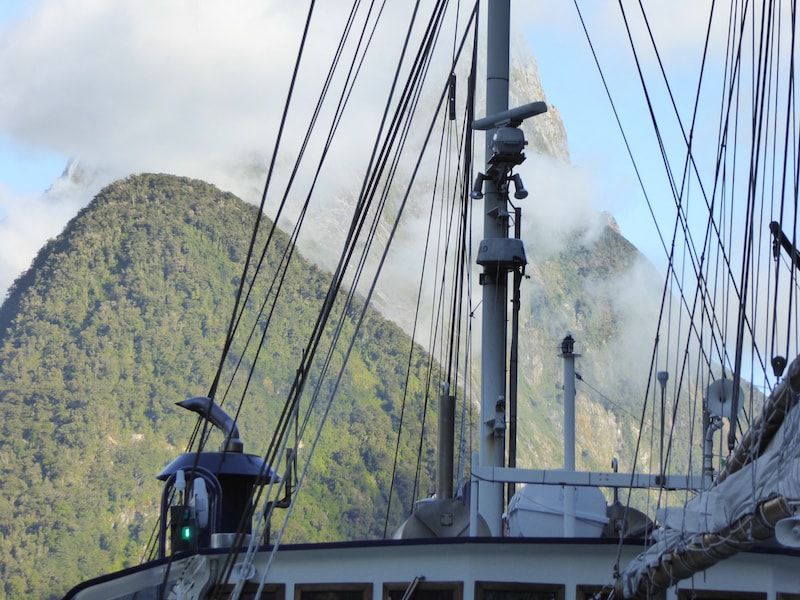
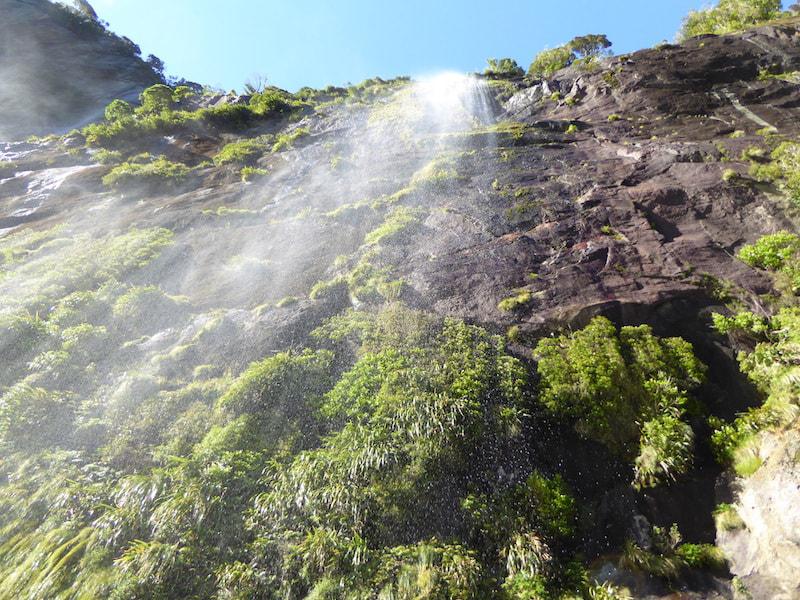
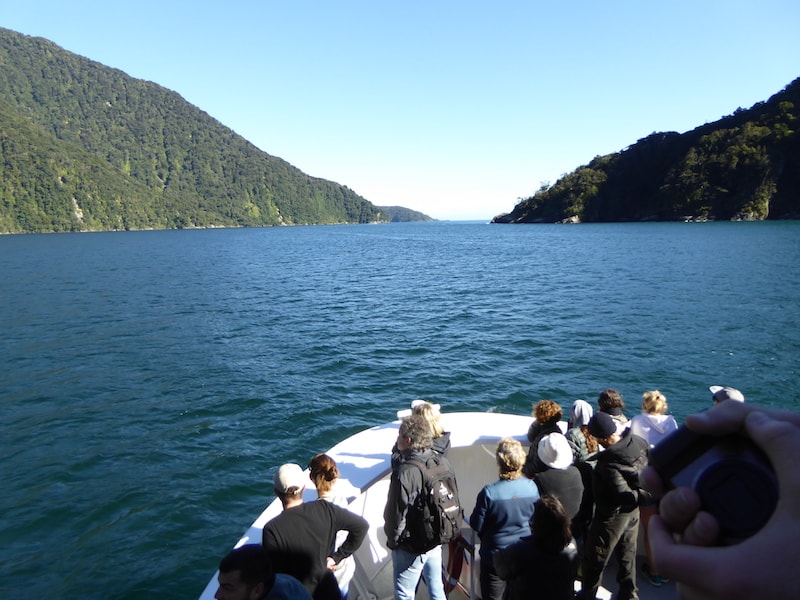
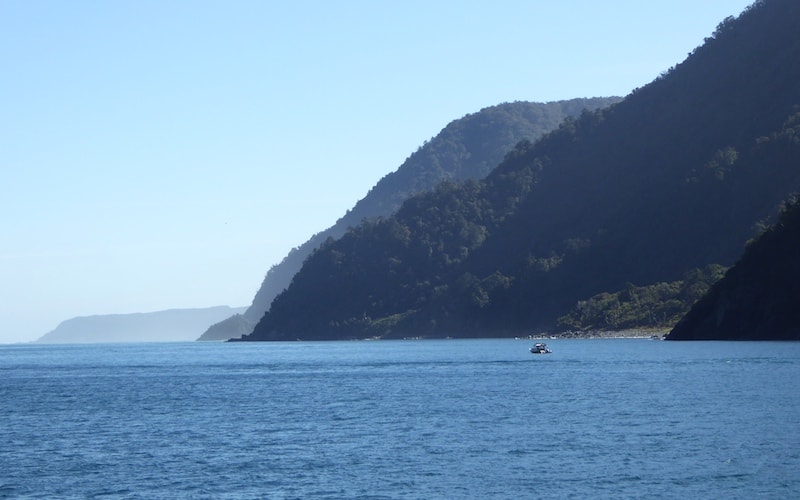
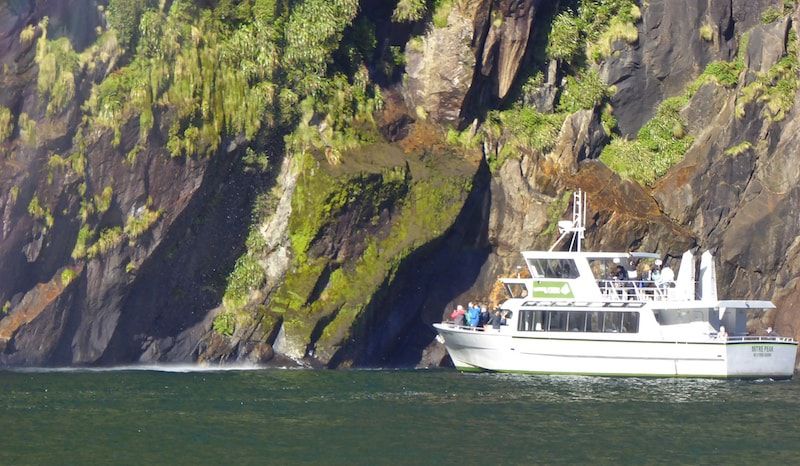
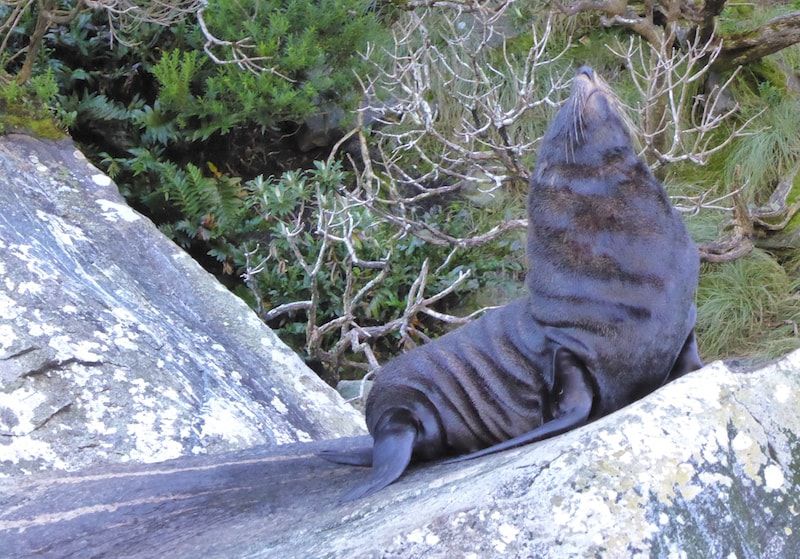
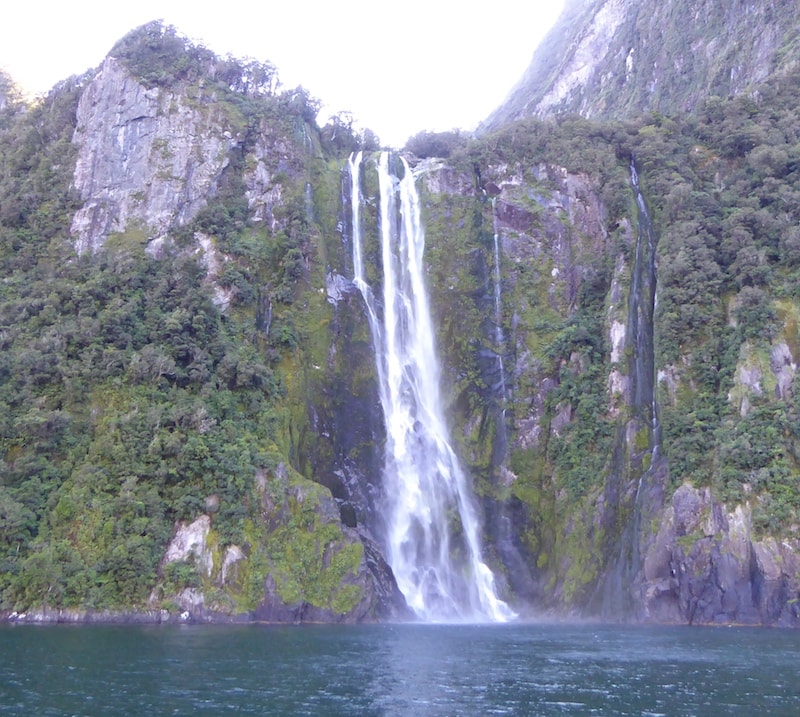
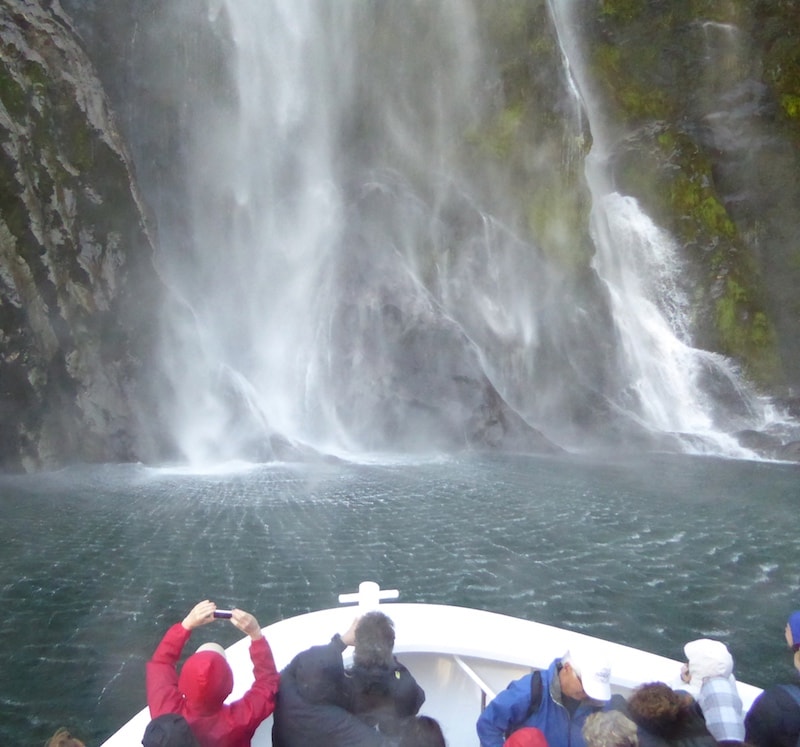
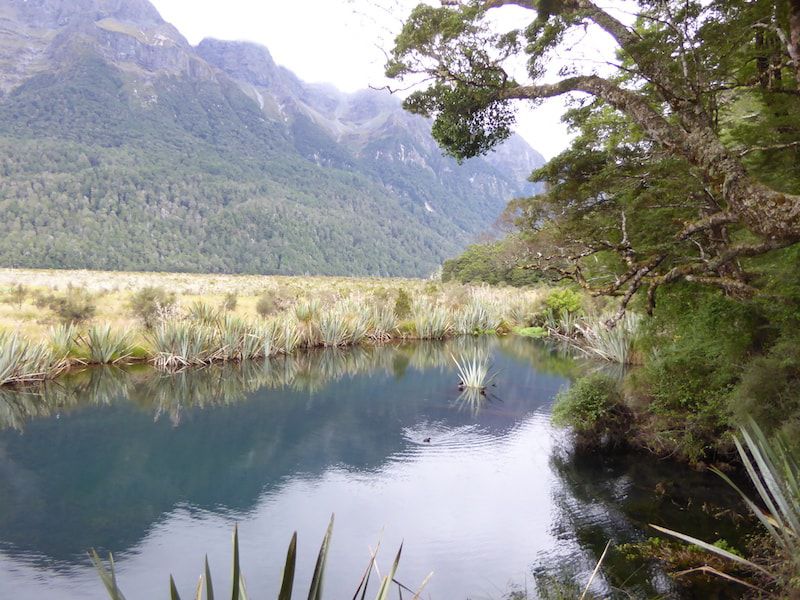
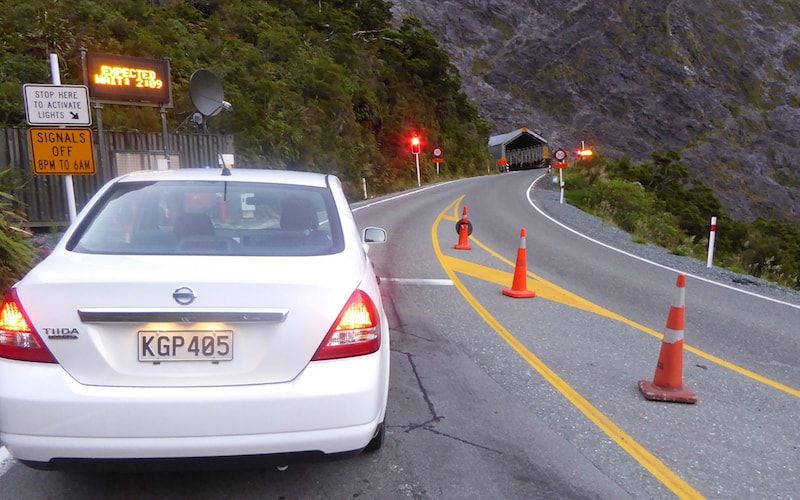
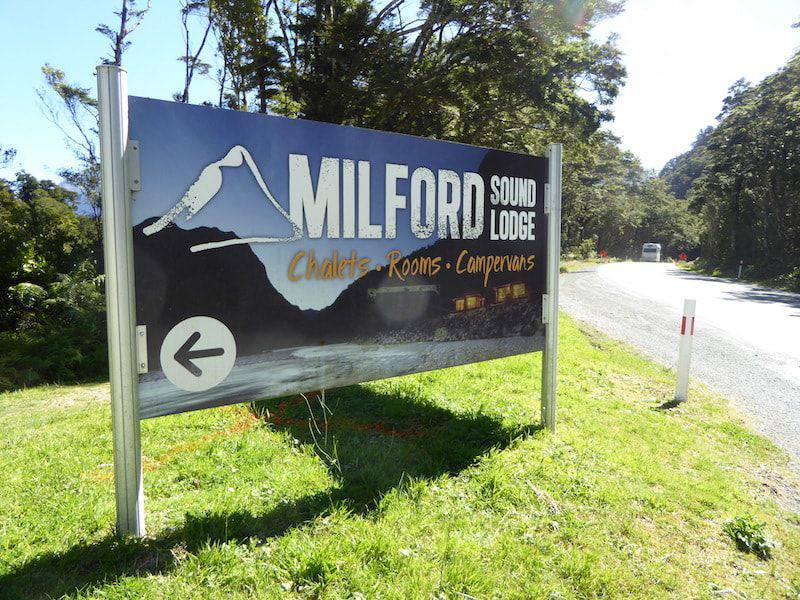




Trackbacks/Pingbacks